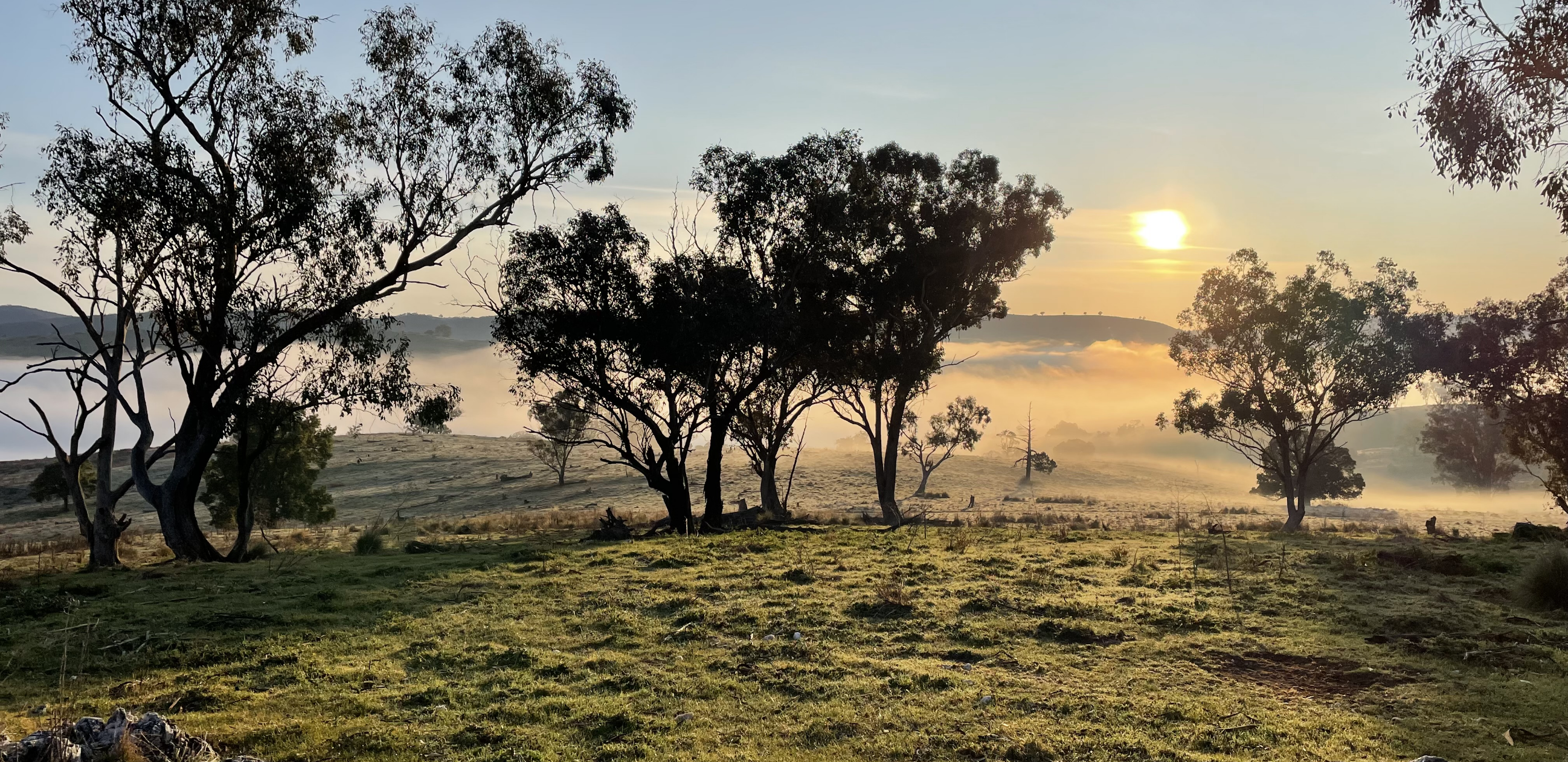Inland Rail NSW Biodiversity Offset
Identification Program.
Transforming the way we move goods around Australia
Client: Australian Rail Track Corporation (ARTC)
Industry sector: Transport infrastructure
Services: Ecology and biodiversity, Natural capital and offsetting
Location: NSW
About this Project
Inland Rail is the largest freight rail project in Australia and one of the most significant infrastructure projects in the world. The 1,600 km freight rail line will connect Melbourne and Brisbane via regional Victoria, New South Wales, and Queensland.
Designed to keep pace with Australia’s increasing freight demands, Inland Rail will transform how we move goods around Australia. The project links producers, farmers and businesses, allowing freight to be delivered faster and more reliably to our growing population, and beyond to global markets. It also means safer, less congested roads and fewer carbon emissions.
Balancing development with biodiversity conservation
In New South Wales, to balance development with environmental protection, the Biodiversity Offsets Scheme provides the framework for assessing project impacts to biodiversity.
Where impacts to native flora and fauna cannot be avoided, proponents must offset project impacts via biodiversity credits. Credits are generated when land containing biodiversity values is protected and managed for conservation in-perpetuity, at an established Biodiversity Stewardship Site.
Biodiversity offsets aim to deliver beneficial and sustainable environmental outcomes and are an integral component of most project approvals in Australia.
“Since 2020, Niche’s biodiversity offsetting specialists have been working alongside the Inland Rail team to identify and assess sites across New South Wales that may be used to supply biodiversity offsets to meet the requirements of the Inland Rail project,” explains Dr Cairo Forrest, Ecology Practice Leader at Niche.

Twenty new biodiversity conservation sites to be created
The Inland Rail Biodiversity Offsets Program is one of the largest offset programs being delivered in New South Wales on record and focusses on properties in central western NSW.
“Inland Rail’s biodiversity offset obligation includes a very large number of ecosystem and species credits across many Plant Community Types (PCTs) and many threatened flora and fauna species in NSW,” says Cairo.
“To identify these offset credits, our team has undertaken preliminary desktop assessments of approximately 250,000 hectares of land, across 216 properties and conducted on ground surveys of approximately 80,000 hectares at 85 properties across New South Wales – right along the freight track route from North Star near the Queensland border, down to Albury at the Victorian border.”
“With expert advice from Niche, we’re conserving 20,000 hectares of land in-perpetuity at newly established Biodiversity Stewardship Sites.”
Dave Fleming
Principal Offset Advisor NSW, Inland Rail
Cairo and his team of more than twenty assessors – all of whom are accredited under the NSW Biodiversity Assessment Method – engaged directly with landholders of properties containing the required biodiversity values to guide them through the Biodiversity Stewardship Agreement (BSA) process.
To date ten Biodiversity Stewardship Sites have been established as part of the Inland Rail Offset Program and – together with a further twelve sites being considered for a BSA – a total of approximately 20,000 hectares of land will be conserved in-perpetuity for conservation.
For landholders of properties containing biodiversity values, the establishment of a Biodiversity Stewardship Site can present a significant opportunity to generate income both from the sale of credits, and though ongoing payments for managing land for conservation, while retaining ownership.
Partnerships in large scale innovation
The project has led to Niche to form strong partnerships with specialist consultants in fire management, erosion control and ecological restoration, as well as species experts.
“Working collaboratively together, we’ve been really testing how new legislation applies on the ground and at landscape scale,” says Cairo.
Niche has partnered with MJD’s fire management consultants to develop the first Strategic Burn Plans under the new guidelines for our Biodiversity Stewardship Sites to improve and maintain the quality of vegetation on site through periodic ecological burning.
And, in partnership with Greening Australia, over 3,000 hectares of landscape is being restored using active and passive restoration techniques as part of the Inland Rail Offset Program.
On track to a sustainable future
“For our team at Niche, the Inland Rail Offset Identification Program offers exposure to a truly landscape-scale, nation-building development, as well as opportunities to experience fieldwork and collaboration with stakeholders in regional and rural locations throughout the state,” commented Cairo.
“And for me personally, it is rewarding to be involved in a project where innovative thinking is maximising environmental benefits while progressing sustainable development that benefits communities.”
Find out more about the Inland Rail Project
- The Inland Rail Project website: https://inlandrail.artc.com.au/
- Landholders wishing to express interest in the NSW biodiversity offsets program should contact Inland Rail: IRNSWBioOffsets@artc.com.au
Read more from Niche on natural capital and offsetting
- What is biodiversity offsetting and what does it mean for your project in NSW?
- Navigating natural capital: from the boardroom to the ground
- Assessing the NSW biodiversity offsets scheme: A failed market or firm foundation for intergenerational conservation?
- What we do: Natural capital and offsetting

